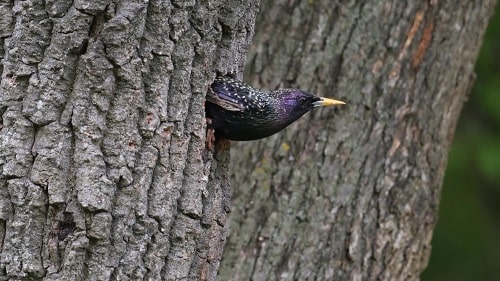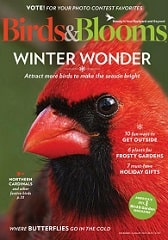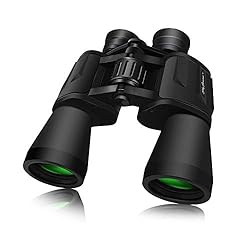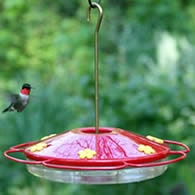European Starlings Mating, Nesting, and Feeding Habits
Starlings are easy birds to watch and learn their nesting, mating, and other behavioral habits, such as feeding and diet.
Why? They're Everywhere!
Millions of these birds inhabit the North American Continent.
Description

Starling
These birds measure 7 to 8 1/2 inches long and have a stocky build and short square-tipped tails.
In summer, the long pointed bill is yellow. In winter, their plumage is speckled with white and their bill is blackish.
Both males and females are similar in appearance. Younger birds are uniformly brown with dark bills.
Introduced Species
Introduced species are those birds and animals that have been imported and are not native to this continent. (N.A.) Which is the case with the European Starlings.
In 1890 Eugene Scheifflin turned 60 of these birds, imported from England, loose in New York City's Central Park. Forty more were released a year later.
All of this was an effort by Mr. Scheifflin to transplant all the birds mentioned by Shakespeare to the New World.
Mating Habits
The mating habits of these birds begin in late February and can continue through June.
Males choose a nesting site and begin trying to attract a female.
Courtship behavior consists of the male perching near his nesting site, crowing and waving his wings when a female flies close by.
If a female is near the male's nest site, he may pick up leaves in his beak and go in and out of the nest cavity.
You can tell when the two have paired when they begin to go through their activities together.
Before pairing, these birds feed and travel as individuals.
These birds are mainly monogamous. Although the males may change mates between broods. Starlings do not mate for life.
Starling Nesting Habits
The nesting habits may begin as early as fall. Selecting a cavity in a building, birdhouse, or an old Woodpecker hole.
Starlings are very aggressive at claiming their nesting sites, often displacing more desirable native cavity nesters such as Bluebirds and Purple Martins.
The male first cleans out any previous nesting materials and begins placing dried leaves, bark, moss, or lichens in the cavity.
When the female pairs with the male, she cleans out the nest and rebuilds it primarily with grasses.

Starling Usurping Woodpecker Cavity
The nest is usually located 10 to 30 feet above the ground.
The female lays 4 to 5 white, pale blue, or greenish eggs, which are incubated by both the males and females during the day.
At night, the female incubates the eggs.
| European Starling Nesting Stats | |
|---|---|
| Eggs | 4 - 5 |
| Incubation | 12 days |
| Nestling Phase | 21- 23 days |
| Broods | 2 - 3 |
The incubation period will last for 12 days. The young will leave the nest 21 to 23 days after hatching.
Both males and females feed the young. The young may be fed for 2 - 3 weeks after they've fledged.
Pairs may raise up to 3 broods ( 2 broods most common) each season and will reuse nests.
Feeding Habits
The Starling's feeding habits are a bit unique in that they can open their beak while probing on the ground because of their special strong muscles.
This behavioral habit allows them to catch prey unavailable to other birds. This is called gaping and is also found in blackbirds.
They have a very diverse diet that includes insects, spiders, worms, fruit, and seeds. They also feed on grains, livestock feed, and garbage.
At bird feeders, these birds will eat seed and suet. Bird feeding may have to be stopped when flocks of these birds arrive.
Bird watchers also need to be aware that these birds can be very aggressive at feeders and keep smaller birds from approaching.
Interestingly, to note, Starlings differ from most birds in their ability to sense some smells and tastes. Most songbirds have weak taste and smell senses.
Consider
Starlings are known for usurping the homes of Woodpeckers, Purple Martins, and other cavity nesters.
When placing birdhouses, make sure the entrance hole is 1 1/2 inches or less in diameter. This size is too small for them to enter.
Starlings are considered a pest by farmers and city managers. Most of the focus on these birds is the impact they have on native bird species.
Estimated population of starlings - is 200 million.

|

|

|

|
| Birds and Blooms | Pioneer Woman | People Magazine | First For Women |




